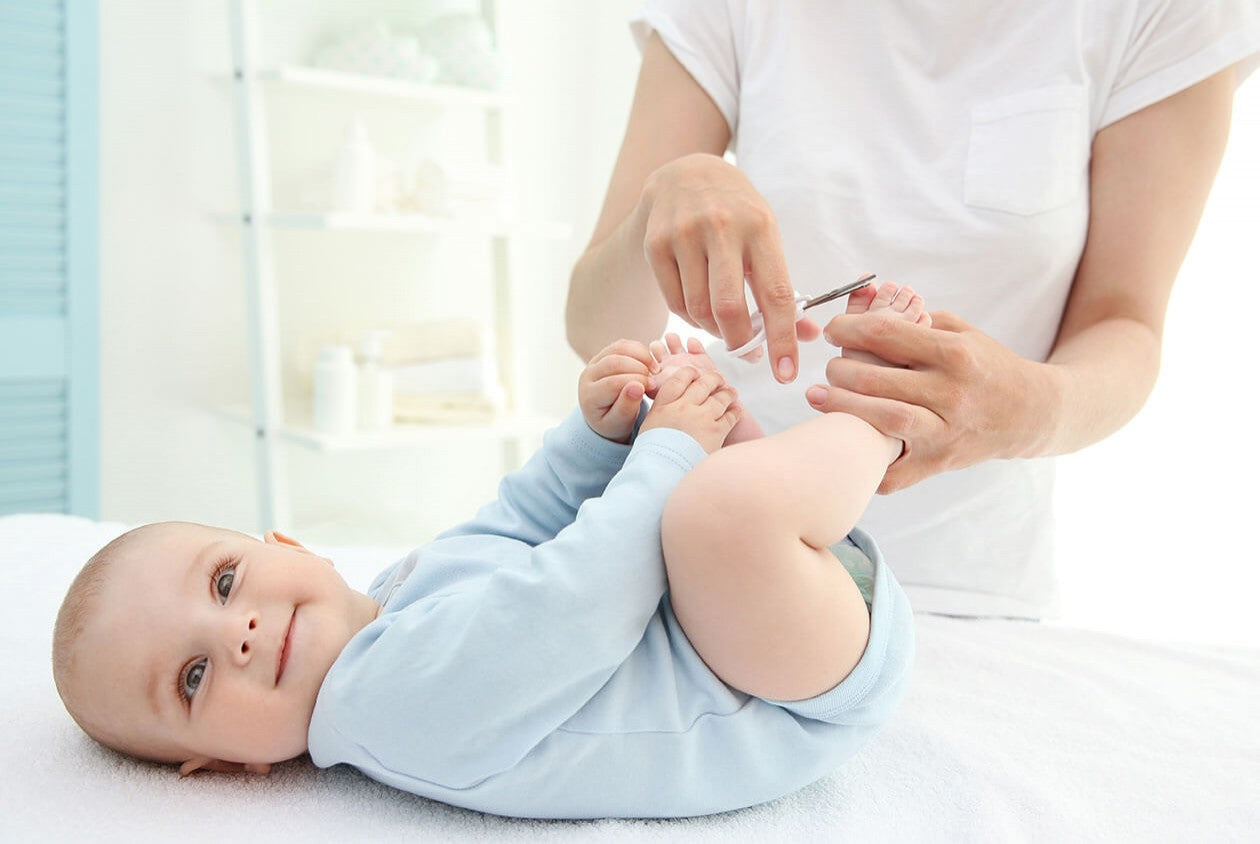Lallation: advice on when to start and what it is for.
By lallation we mean a stage in the development of the child's language that occurs between 6 and 9 months and is characterized by the use of syllables repeated several times, like a chain, but without a precise meaning. The first syllables are generally da-da because D is easier to pronounce using the tongue and palate.
Lallation when to worry
Barking is a positive sign: noises, gurgles and many sounds that sometimes make no sense show that the baby's language and cognitive functions are slowly developing. Each child learns to speak at their own pace, but knowing the general stages of language development can help them understand if everything is going well. These milestones help doctors and other health care professionals determine when a child may need additional help.
At 3 months the baby:
· He smiles when he sees his mother
· Makes verses
· He is silent or smiles when spoken to
· Seems to recognize mom's voice
· He cries differently to communicate his needs.
At 6 months the baby:
· Make sounds and gurgling when playing with mom or left alone
· Stammers and makes a variety of sounds
Use his voice to express pleasure and displeasure
· Moves the eyes in the direction of the sounds
Responds to changes in mom's tone of voice
· Pay attention to the music
At 12 months the baby:
· Try to imitate the sounds you hear
· Say some words, like "papa", "mamma"
Understand simple instructions, such as "Come here"
Recognize words for common objects, such as "ball"
· He turns and looks in the direction of the sounds
By the end of 18 months, the baby should follow simple directions, recognize the names of objects, people and parts of the body, and pronounce a dozen words.
It is good to talk to the pediatrician if the child does not respond to speech stimuli, is not interested in stammering or listening to you and cannot react to the words or phrases you say to him.
Examples of babbling
Many babies begin barking between 4 and 6 months and continue to develop their consonant-vowel combination repertoire for many months to follow. A series of examples of babbling:
In the first months he easily says da-da, la-la and creates, around 8 months he begins to use double consonants even if he does not always understand their meaning (pap-pa, da-da, la-la, ma-ma) , but soon he will match double consonants to express words that have value for him like pa-lla, mam-ma, papa-pa.
How to stimulate babbling
Research conducted by Cornell University found that children's babbling changes the way parents speak to them, suggesting that children are able to shape their own learning environment. In other words, adults subconsciously modify their language to include shorter sentences and more one-word responses when responding to a child's babble and this confirms that parental intervention and stimulation is essential.
To help strengthen both receptive language (i.e. help him understand what he hears) and expressive language (uttering words), the main thing to do is to talk to the child from a very young age. Several studies show that children acquire communication skills more quickly when their parents react to their stammering with supportive language cues.
And then if the child says pa-la we respond enthusiastically "Yes, the ball" and show it to him.
It is also important to read aloud to the child, even if he is very young. The illustrated books are perfect, full of colors and the faces of children like him who make faces and different expressions. We indicate each object on the page and say its name.
Here are some practical tips:
Take his toys and describe them using correct language and words
Whenever the child stutters, make eye contact and respond with affection
· Indicate objects and describe them in one word
If your baby repeats a sound you just made, repeat it again
· Talk to him and ask him questions, since he is very young.






Leave a comment